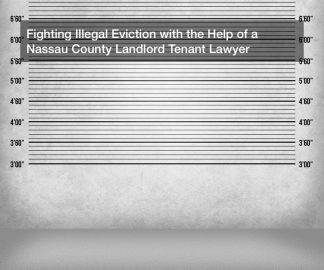
Thanks to labor laws put in place by the U.S. government, workers in this country are protected in a variety of ways. For example, employers can’t harass or discriminate against workers or prospective hires, and they can’t fire workers for getting pregnant. However, there are other issues that can arise for employees, especially when it comes to safety guidelines in the workplace.
To prevent workers from suffering serious injuries while on the job, the government formed the Occupational Safety and Health Administration to ensure that employers complied with safety guidelines in the workplace. But just because the law is in place doesn’t always mean that it is followed. A number of workplace safety issues can crop up, especially if an employer doesn’t know about workers’ rights or intentionally keeps them uninformed of their rights. Here are just a few of the most common workplace issues with regard to employee safety:
-
1. Lack of Proper Employee Training: For all employees to be safe on a job site, they have to know how to stay safe while working. For example, even if employees are not trained to use forklifts or other heavy machinery, they should still know how to stay safe while that equipment is in use. If an employer hasn’t explained these procedures to employees, a manager should provide a safety briefing or other training.
2. Unsafe Use of Heavy Machinery: Workers who are trained to use machines or equipment of any kind should always be aware of how to use it and have necessary certification if needed. In other words, a worker who hasn’t been trained and certified to use an aerial lift shouldn’t be allowed on one. Employers should also guard other workers from employees who may not be using machinery safely. If someone is not alert or intoxicated, that employee shouldn’t be allowed to be around that machinery.
3. Faulty or Missing Safety Equipment: While most, if not all, workers would know not to enter a construction zone without a hard hat, there may be other safety equipment they might not know they need. Anything from proper footwear to back injury prevention gear should be available to employees if needed. Equipment for injuries, chemical spills, and other hazards should also be readily available in case of an emergency.
4. Other Unsafe Conditions: It’s not only manufacturing and construction workers who are at risk for unsafe working conditions. Even employees in retail environments need to be careful. Each year, as Black Friday encroaches upon Thanksgiving, more and more American shoppers and workers are injured in stampedes at big box retail stores. No matter what season it is, however, employers need to be sure that their workers stay safe by performing crowd control, evacuating unsafe areas, or helping employees avoid injury in any other way.
Have more questions about safety guidelines in the workplace and whether or not your employer is following them? Be sure to contact an employment attorney or other professional with knowledge of labor laws. You can leave a comment below with any general questions about workplace safety issues.

